| [1] |
朱华勇, 张庆杰, 沈林成. 提高无人作战飞机协同作战能力的关键技术[J]. 控制工程, 2010, 17(S1): 52–55. doi: 10.14107/j.cnki.kzgc.2010.s1.005ZHU Huayong, ZHANG Qingjie, and SHEN Lincheng. Technologies for promoting cooperatively combat capability of UCAV[J]. Control Engineering of China, 2010, 17(S1): 52–55. doi: 10.14107/j.cnki.kzgc.2010.s1.005
|
| [2] |
尹欣繁, 章贵川, 彭先敏, 等. 军用无人机技术智能化发展及应用[J]. 国防科技, 2018, 39(5): 30–34. doi: 10.13943/j.issn1671-4547.2018.05.06YIN Xinfan, ZHANG Guichuan, PENG Xianmin, et al. Intelligent development and application of military UAV technology[J]. Defense Technology Review, 2018, 39(5): 30–34. doi: 10.13943/j.issn1671-4547.2018.05.06
|
| [3] |
吴应斌. 多旋翼无人机在人防指挥通信中的应用[J]. 信息与电脑, 2019, 31(17): 181–182.WU Yingbin. Application of multi-rotor UAV in civil air defense command communication[J]. China Computer &Communication, 2019, 31(17): 181–182.
|
| [4] |
张晋武. 无人机编队飞行技术研究[J]. 舰船电子工程, 2015, 35(8): 9–12. doi: 10.3969/j.issn1672-9730.2015.08.003ZHANG Jinwu. Technology of unmaned aerial vehicles (UAVs) formation flight[J]. Ship Electronic Engineering, 2015, 35(8): 9–12. doi: 10.3969/j.issn1672-9730.2015.08.003
|
| [5] |
赵太飞, 许杉, 屈瑶, 等. 基于无线紫外光隐秘通信的侦察无人机蜂群分簇算法[J]. 电子与信息学报, 2019, 41(4): 967–972. doi: 10.11999/JEIT180491ZHAO Taifei, XU Shan, QU Yao, et al. Cluster-based algorithm of reconnaissance uav swarm based on wireless ultraviolet secret communication[J]. Journal of Electronics &Information Technology, 2019, 41(4): 967–972. doi: 10.11999/JEIT180491
|
| [6] |
胡立群, 陈敦军, 张开骁. 基于单片机的可见光及紫外光强探测系统[J]. 电子设计工程, 2013, 21(24): 81–83, 86. doi: 10.3969/j.issn.1674-6236.2013.24.026HU Liqun, CHEN Dunjun, and ZHANG Kaixiao. The visible light and UV-light detection system based on microprocessor[J]. Electronic Design Engineering, 2013, 21(24): 81–83, 86. doi: 10.3969/j.issn.1674-6236.2013.24.026
|
| [7] |
REYNOLDS C W. Flocks, herds and schools: A distributed behavioral model[J]. ACM SIGGRAPH Computer Graphics, 1987, 21(4): 25–34. doi: 10.1145/37401.37406
|
| [8] |
DANIEL K, ROHDE S, GODDEMEIER N, et al. A communication aware steering strategy avoiding self-separation of flying robot swarms[C]. The 5th IEEE International Conference Intelligent Systems, London, UK, 2010: 254–259. doi: 10.1109/IS.2010.5548367.
|
| [9] |
GAZI V and PASSINO K M. Stability analysis of swarms[J]. IEEE Transactions on Automatic Control, 2003, 48(4): 692–697. doi: 10.1109/TAC.2003.809765
|
| [10] |
OLFATI-SABER R and MURRAY R M. Distributed cooperative control of multiple vehicle formations using structural potential functions[J]. IFAC Proceedings Volumes, 2002, 35(1): 495–500. doi: 10.3182/20020721-6-ES-1901.00244
|
| [11] |
EASTHOPE P F. Tracking simulated UAV swarms using particle filters[C]. IET Conference on Data Fusion & Target Tracking 2014: Algorithms and Applications, Liverpool, UK, 2014, doi: 10.1049/cp.2014.0524.
|
| [12] |
朱旭, 张逊逊, 尤谨语, 等. 基于信息一致性的无人机紧密编队集结控制[J]. 航空学报, 2015, 36(12): 3919–3929. doi: 10.7527/S1000-6893.2015.0165ZHU Xu, ZHANG Xunxun, YOU Jinyu, et al. Swarm control of UAV close formation based on information consensus[J]. Acta Aeronautica et Astronautica Sinica, 2015, 36(12): 3919–3929. doi: 10.7527/S1000-6893.2015.0165
|
| [13] |
ALEJO D, COBANO J A, HEREDIA G, et al. Collision-free 4D trajectory planning in unmanned aerial vehicles for assembly and structure construction[J]. Journal of Intelligent and Robotic Systems, 2014, 73(1/4): 783–795. doi: 10.1007/s10846-013-9948-x
|
| [14] |
倪良巧, 王道波, 蒋婉玥. 时间协同多无人机编队航迹规划[J]. 机械与电子, 2016, 34(2): 7–11. doi: 10.3969/j.issn.1001-2257.2016.02.002NI Liangqiao, WANG Daobo, and JIANG Wanyue. Multi UAV route planning based on time collaboration[J]. Machinery &Electronics, 2016, 34(2): 7–11. doi: 10.3969/j.issn.1001-2257.2016.02.002
|
| [15] |
贾永楠, 田似营, 李擎. 无人机集群研究进展综述[J]. 航空学报, 2020, 41(S1): 723738.JIA Yongnan, TIAN Siying, and LI Qing. Recent development of unmanned aerial vehicle swarms[J]. Acta Aeronautica et Astronautica Sinica, 2020, 41(S1): 723738.
|
| [16] |
MILLIS J. Brownian movements and molecular reality[J]. Science, 1911, 33(846): 426–427. doi: 10.1126/science.33.846.426
|
| [17] |
DESAI J P, OSTROWSKI J, and KUMAR V. Controlling formations of multiple mobile robots[C]. 1998 IEEE International Conference on Robotics and Automation, Leuven, Belgium, 1998: 2864–2869. doi: 10.1109/ROBOT.1998.680621.
|
| [18] |
朱旭. 基于信息一致性的多无人机编队控制方法研究[D]. [博士论文], 西北工业大学, 2014.ZHU Xu. Research on Multi-UAV formation control based on information consensus[D]. [Ph. D. dissertation], Northwestern Polytechnical University, 2014.
|
| [19] |
GAO Pu, LIUA H P, and GLUCH D P. On modelling, simulating and verifying a decentralized mission control algorithm for a fleet of collaborative UAVs[J]. Procedia Computer Science, 2012, 9: 792–801. doi: 10.1016/j.procs.2012.04.085
|
| [20] |
黄元秋, 王晶. 图的交叉数综述[J]. 华东师范大学学报(自然科学版), 2010(3): 68–80. doi: 10.3969/j.issn.1000-5641.2010.03.008HUANG Yuanqiu and WANG Jing. Survey of the crossing number of graphs[J]. Journal of East China Normal University (Natural Science), 2010(3): 68–80. doi: 10.3969/j.issn.1000-5641.2010.03.008
|
| [21] |
常庭懋, 韩中庚. 用“匈牙利算法”求解一类最优化问题[J]. 信息工程大学学报, 2004, 5(1): 60–62. doi: 10.3969/j.issn.1671-0673.2004.01.019CHANG Tingmao and HAN Zhonggeng. Solution to a class optimization problem by utilizing the “Hungary calculate way”[J]. Journal of Information Engineering University, 2004, 5(1): 60–62. doi: 10.3969/j.issn.1671-0673.2004.01.019
|
| [22] |
LA COUR-HARBO A, and SCHIØLER H. Probability of low-altitude midair collision between general aviation and unmanned aircraft[J]. Risk Analysis, 2019, 39(11): 2499–2513. doi: 10.1111/risa.13368
|






 下载:
下载:

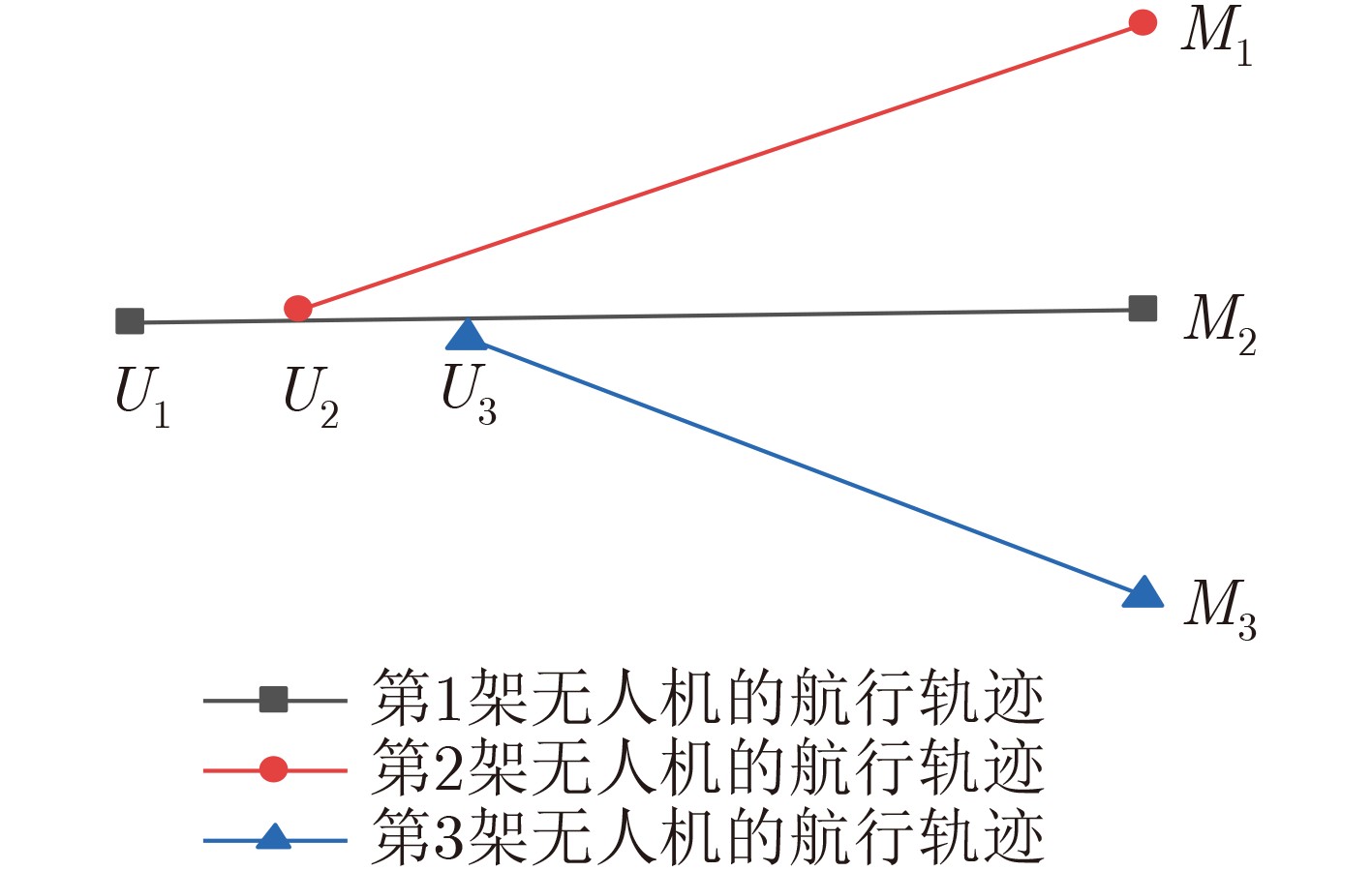
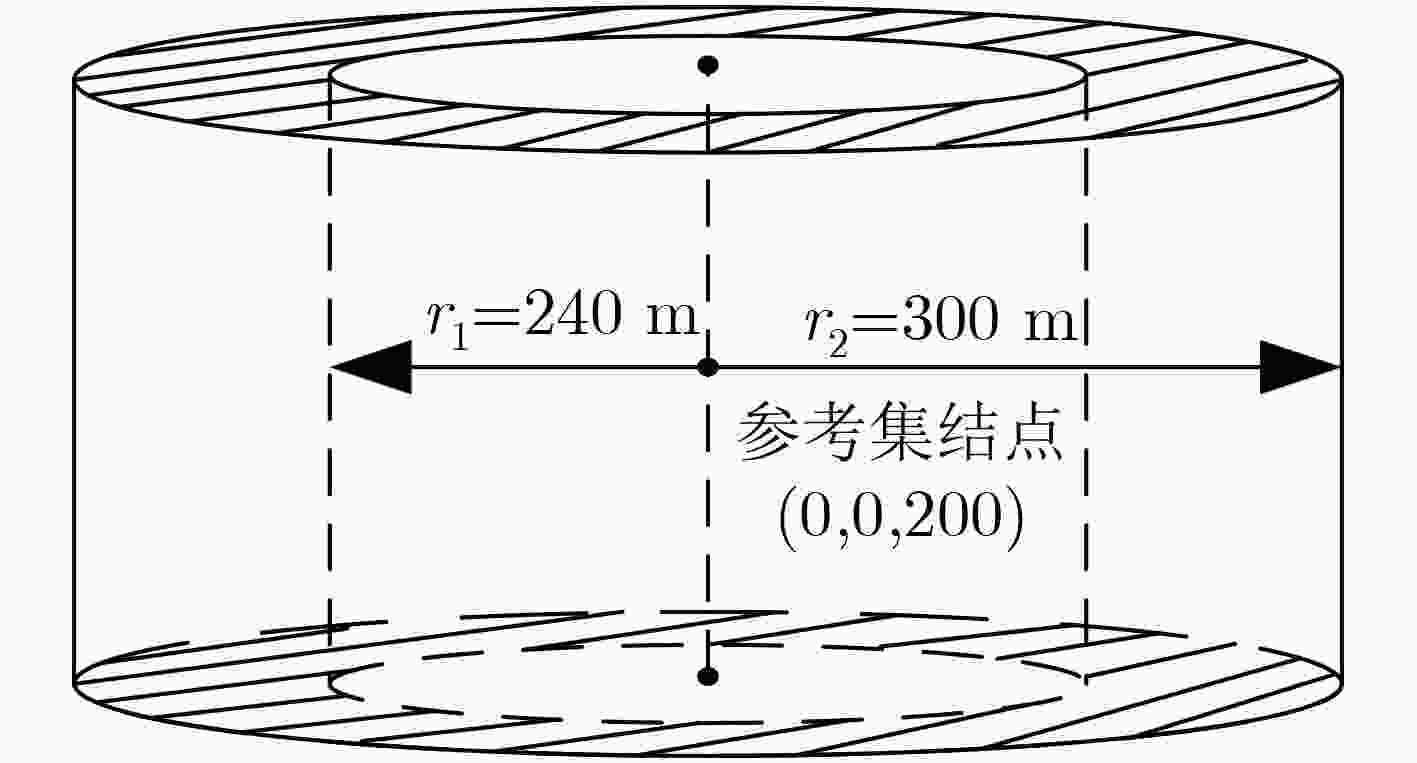

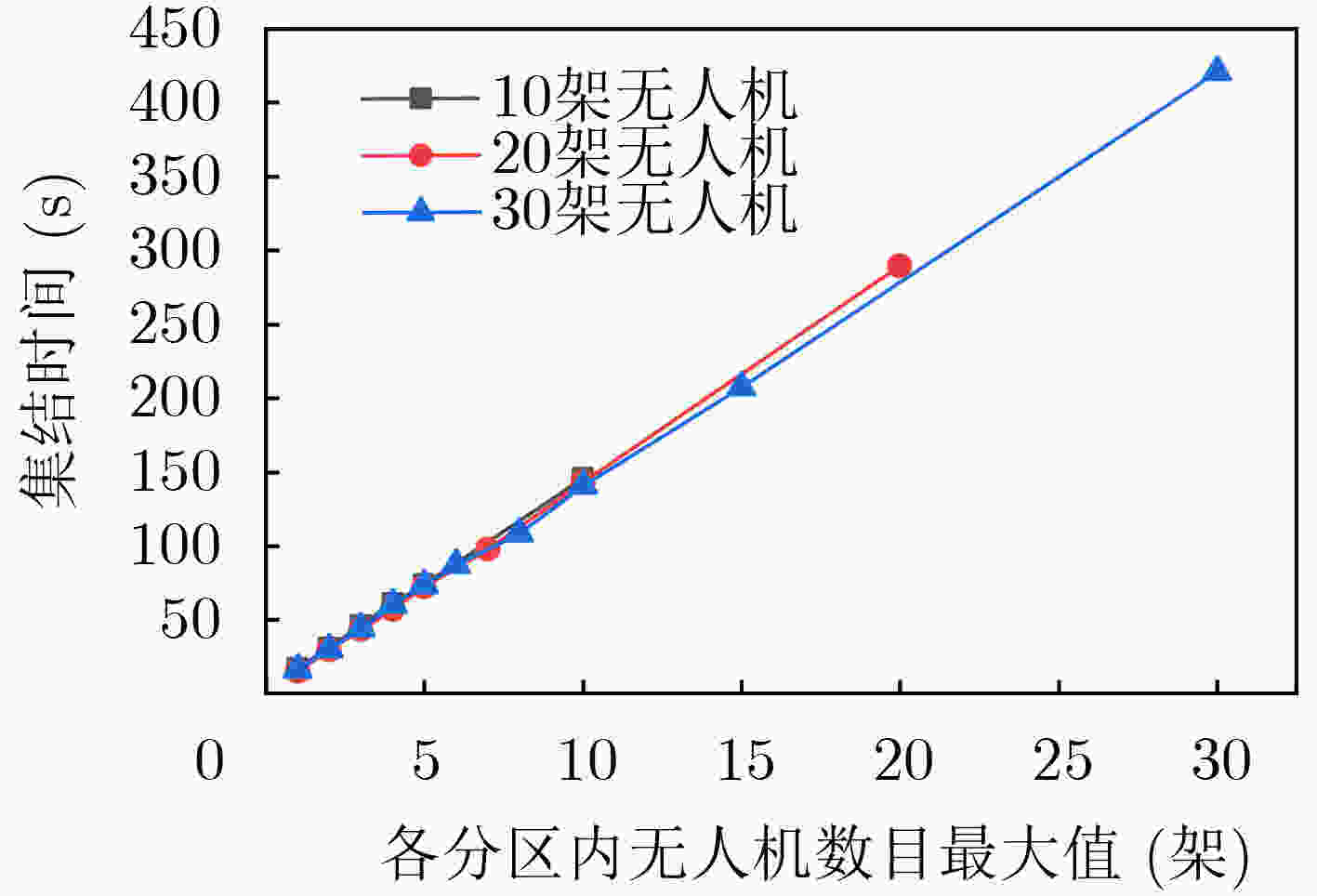
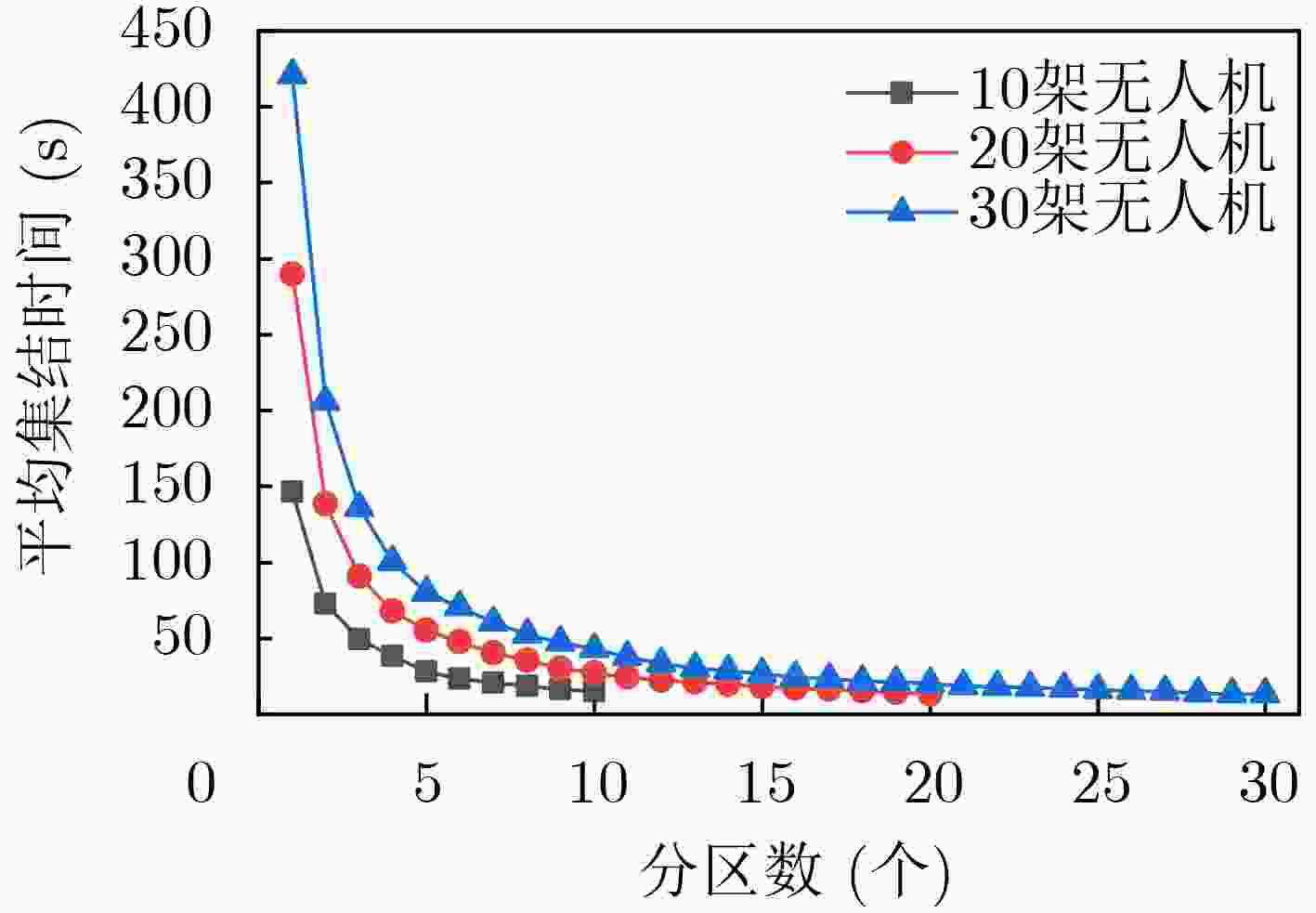
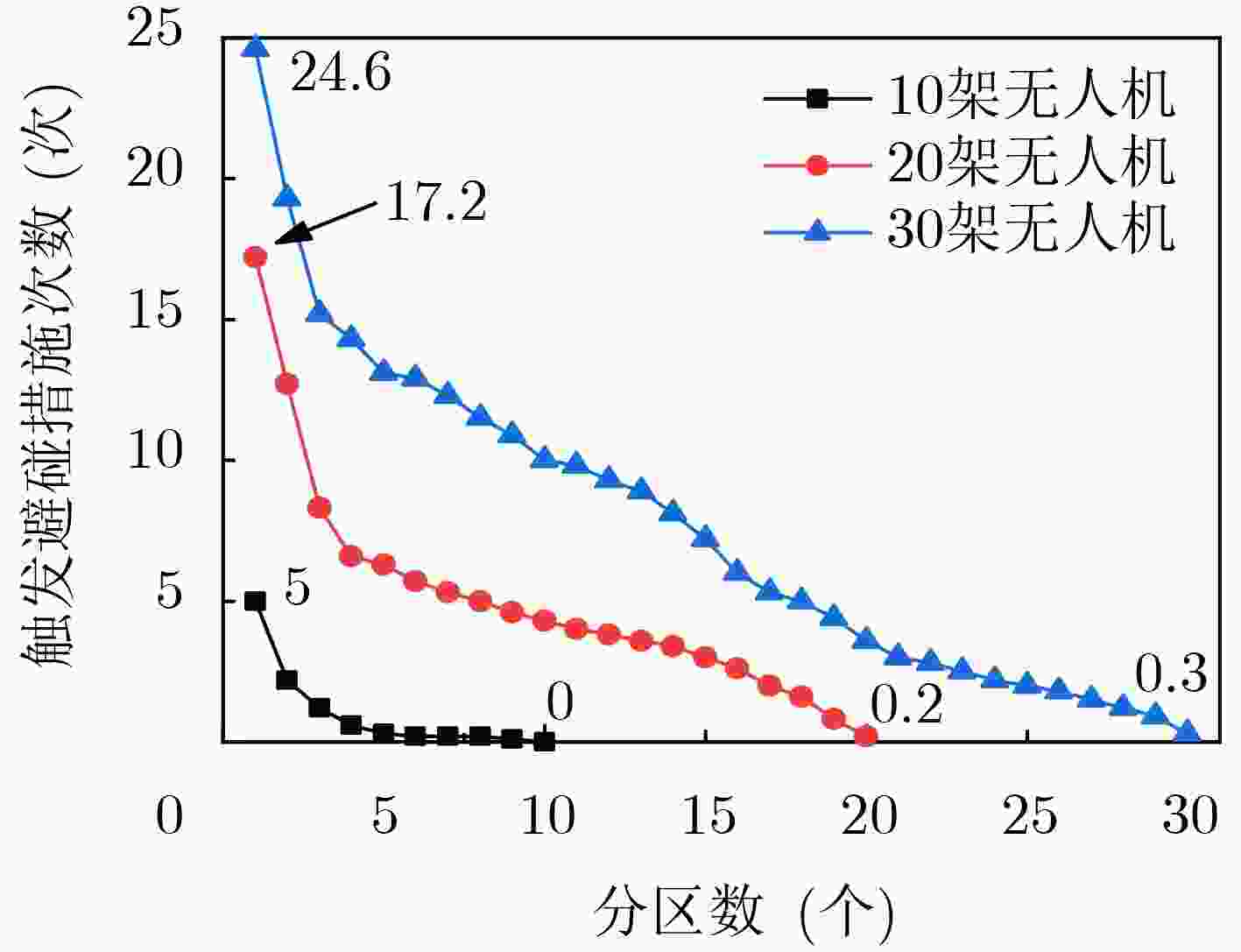
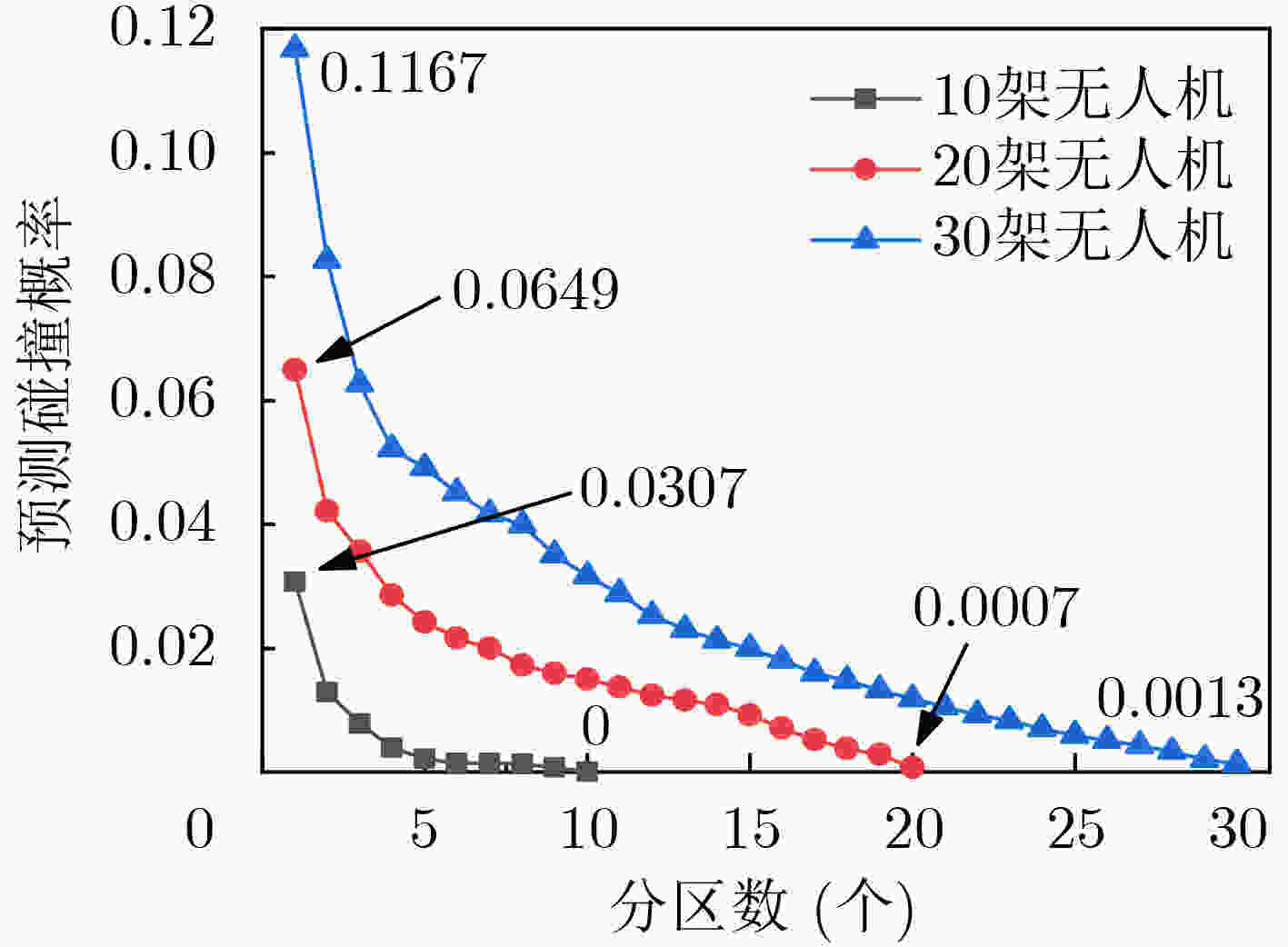
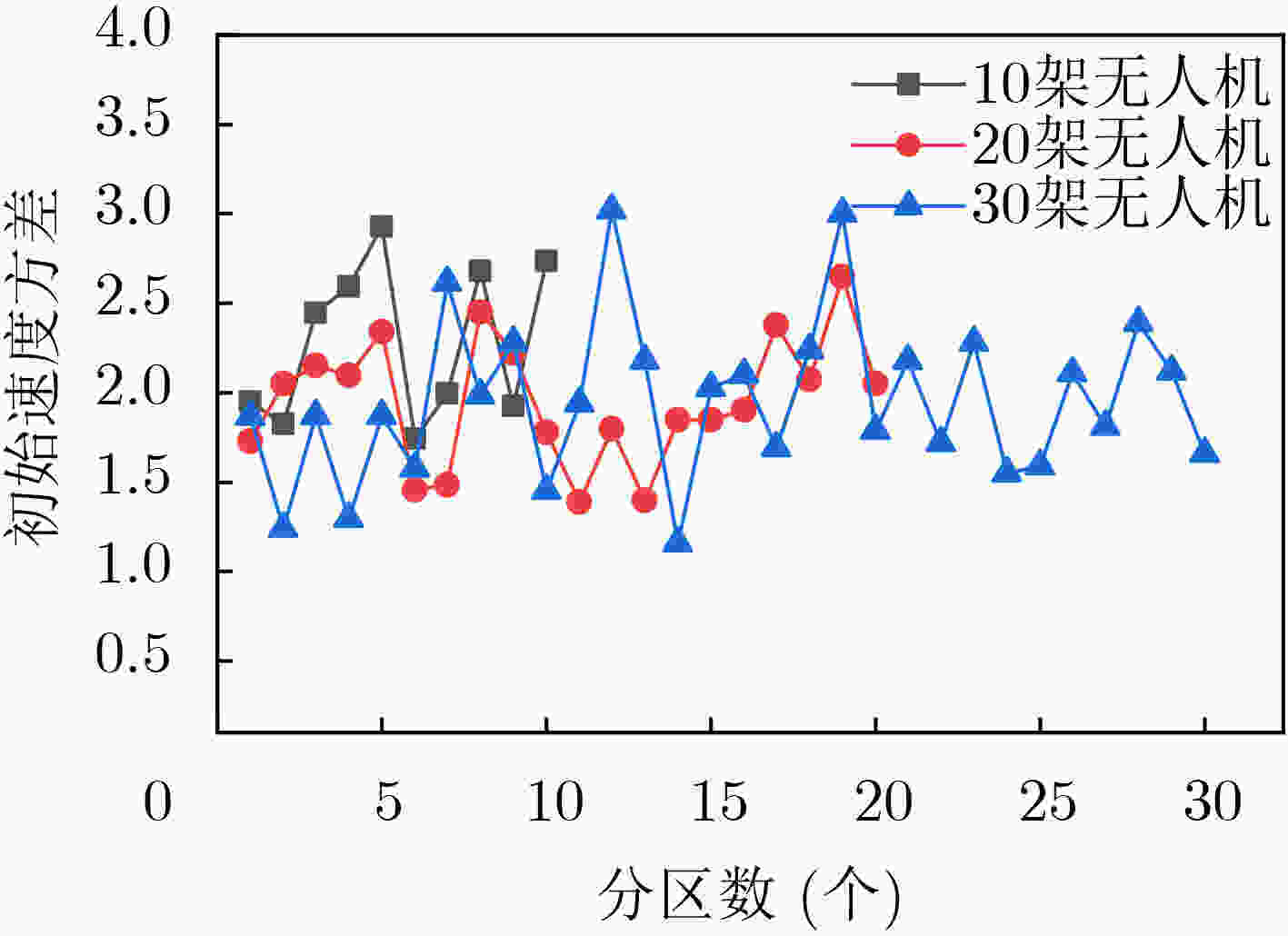
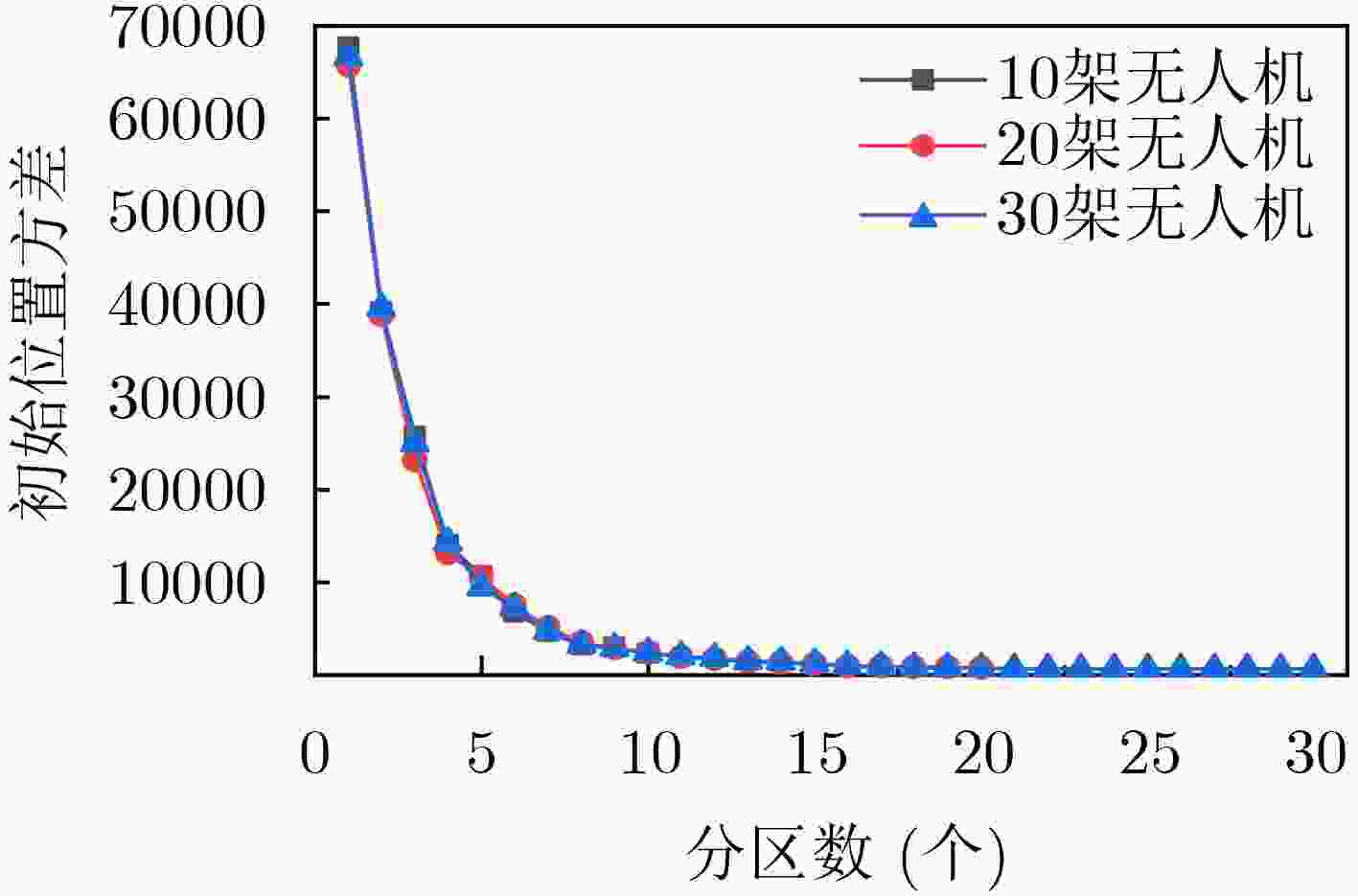
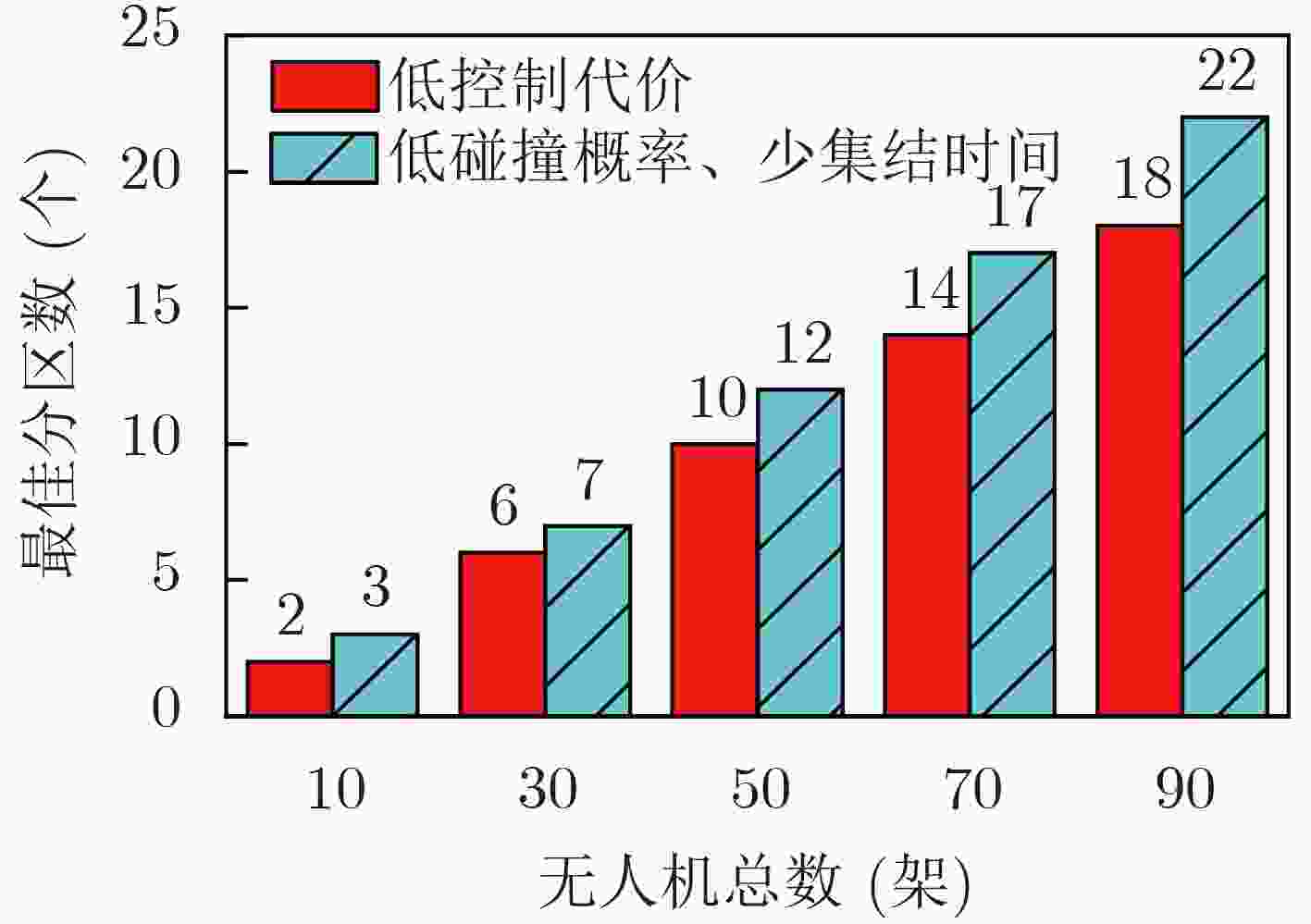


 下载:
下载:
